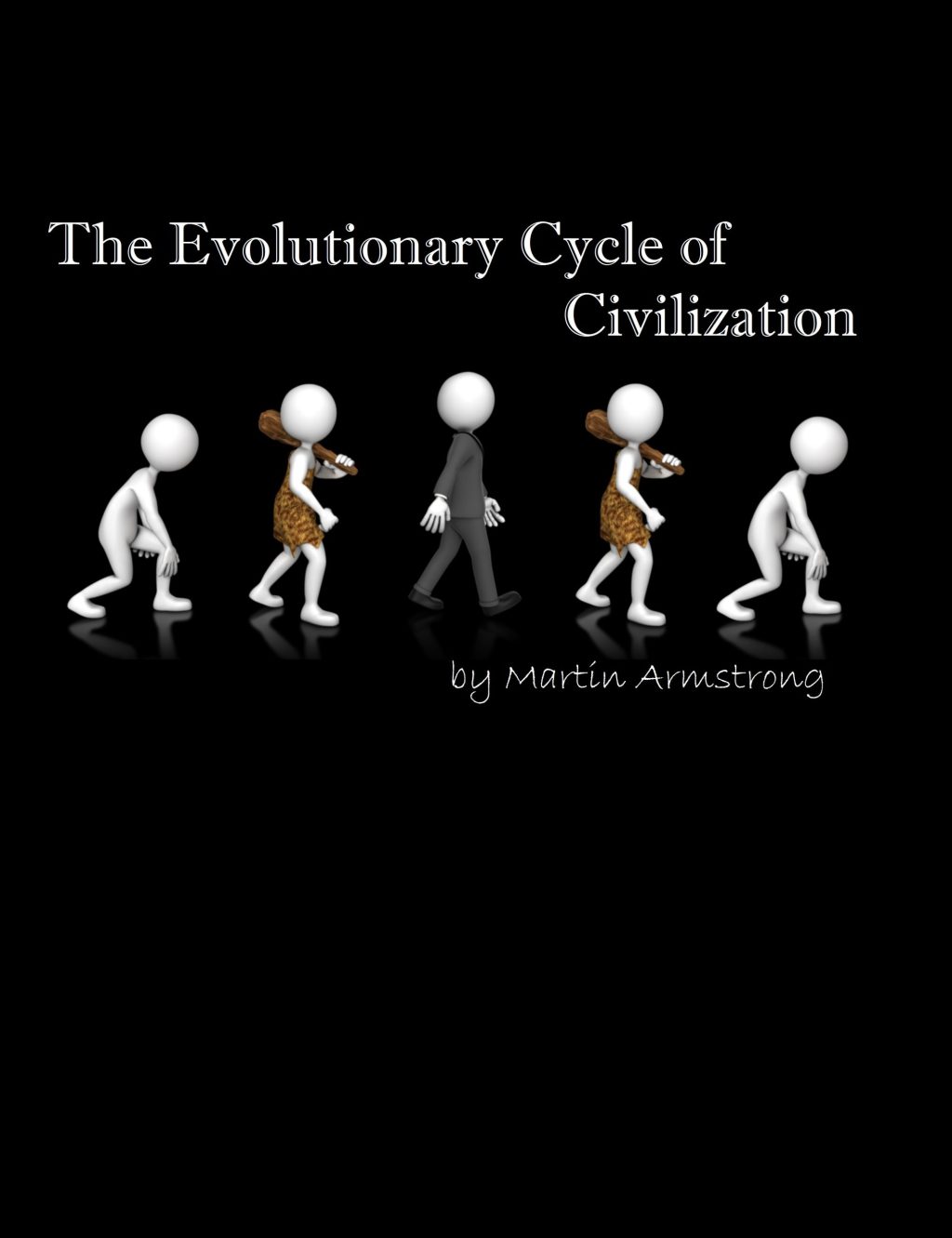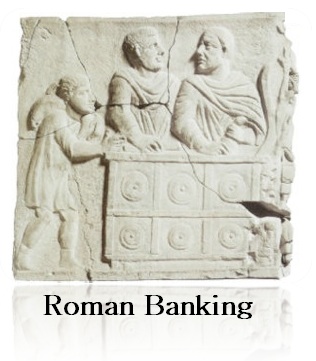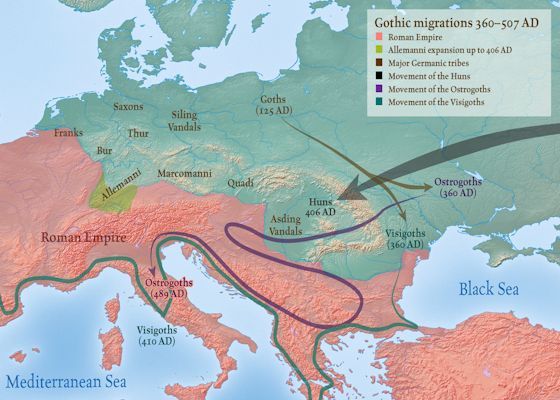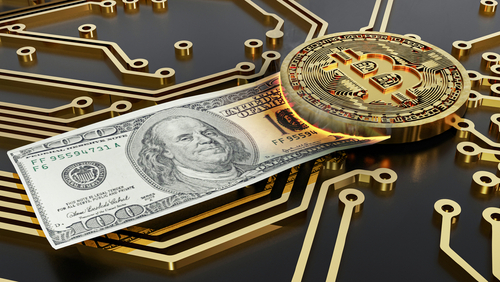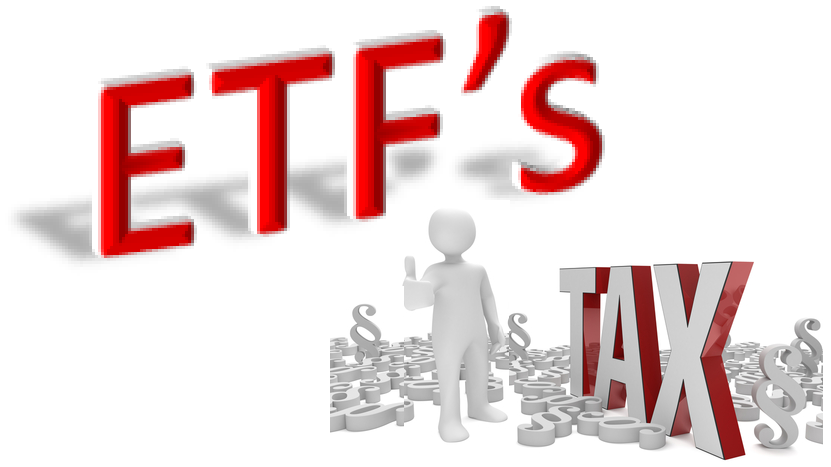I have been warning that our computer has been projecting a rise in Third Party Activity for 2016. There couldn’t possibly be a worse character at the head of the Republican Party than John Boehner. He is all for Washington and maintaining the status quo. Tea Party Republicans are now contemplating a coup to oust Boehner (R-Ohio). But what they did not count on, Boehner relies on the Democrats against his own party. You just can’t get any more distrustful than this. As long as the Democrats back Boehner, there is no way to overthrow him.
We can see the large spikes in Third Party Activity. The two major spikes over 30% were the election of 1860 that was followed by the Civil War and 1912 where Teddy Roosevelt ran as a socialist under the Progressive Party who won 88 Electorial College votes compared to the Republican William Taft who received only 8 compared to the Democrat Woodrow Wilson with 435.
Third Party activity bottomed in 1964 following the assassination of JFK. Since then we have been building in dissatisfaction. The 1992 election saw H. Ross Perot take 18.91% of the popular vote enough to ensure George Bush Sr would lose to Bill Clinton. The next election in 1996 saw Perot again take 8.40% of the Popular Vote. The following 2000 election saw Al Gore actually win the Popular Votes but the Supreme Court handed the election to Bush and Cheney. The 2004 election saw Bush and Cheney win over Kerry followed by the 2008 election where Obama won over McCain. Obama’s margin declined over Romney as the Libertarians almost reached 1%.
Therefore, it appears the Republicans will split for 2016. Boehner has so screwed the conservative Republicans that civil war is appearing more and more likely. We do see that there should be a rise in voter turnout for 2016. This will be the 23rd election from the historic low.
Some may ask why this chart begins only in 1824. Under the original system established by Article Two, electors could cast two votes to two different candidates for president. The candidate with the highest number of votes (provided it was a majority of the electoral votes) became the president, and the second-place candidate became the vice president. This presented a tremendous problem during the presidential election of 1800 when Aaron Burr received the same number of electoral votes as Thomas Jefferson and challenged Jefferson’s election to the office. In the end, Jefferson was chosen as the president because of Alexander Hamilton’s influence in the House of Representatives. This added to the deep rivalry between Burr and Hamilton which resulted in their famous 1804 duel.
In response to the 1800 election, the 12th Amendment was passed, requiring electors to cast two distinct votes: one for President and another for Vice President. The Amendment also established rules when no candidate wins a majority vote in the Electoral College. The people were voting for “representatives” to vote in the electorial college. This gradually shifted to direct votes for the candidate and those who then voted in the electorial collage were appointed.
From a Constitutional perspective, the process for choosing electors was determined within each state by its legislature. During the very first presidential election in 1789, only 6 of the 13 original states chose electors by any form of popular vote. Gradually throughout the years, the states began conducting popular elections to help choose their slate of electors, resulting in the overall, nationwide indirect election system that it is today. In reality, the nationwide popular vote does not directly determine the winner of a presidential election under the Constitution. Those who claim we have a “democracy” truly misrepresent the entire process.
During the presidential election of 1824, was really the first time we see any unified popular vote being reported. This is when the Democratic-Republican Party split and this was the first election between the Democrats and Republicans. Andrew Jackson actually received a plurality, but not a majority of electoral votes cast. The election was then thrown into the House of Representatives, and John Quincy Adams was elected to the presidency. This created a tremendous deep and extremely bitter rivalry between Andrew Jackson and House Speaker Henry Clay, who had also been a candidate in the election.
It is extremely interesting that our computer has been projecting 2016 for both BIG BANG and the next spike high in Third Party activity. The first peak of 1860 was followed by 51.6 years later (6 x 8.6) bringing us to 1912. The next target was 1964 which was the precise low (cycle inversion) following the assassination of JFK. Adding 51.6 years again brings us to 2016, and this is just using the ECM frequency.
Our projection for a revival of the Senate to swing back to Republican was spot on.
With the potential split in the Republican Party, we should see a rise in Third Party activity within the House of Representatives.








